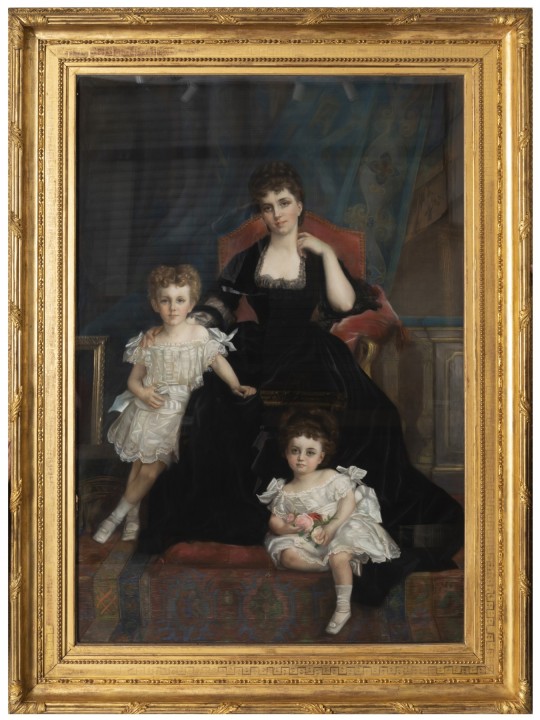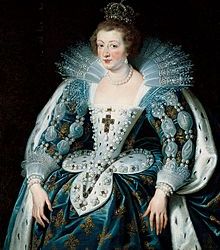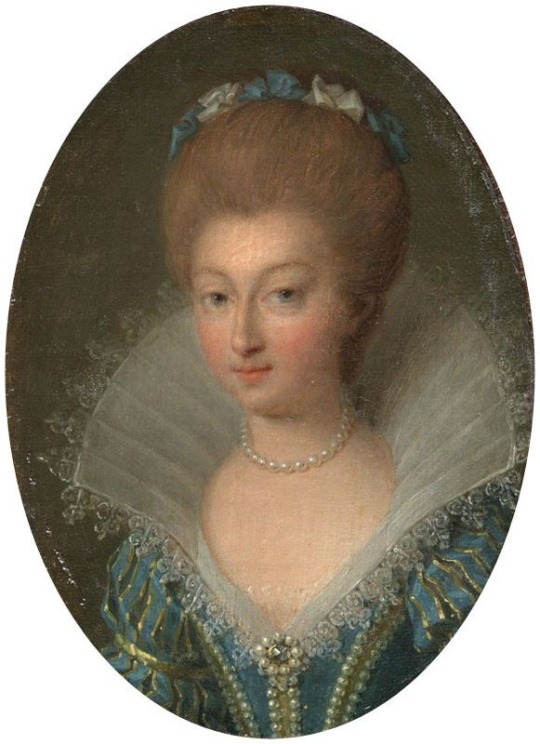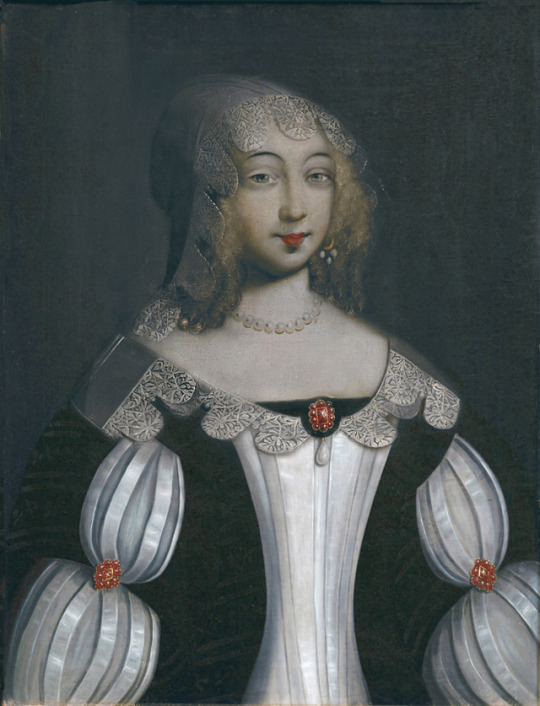#charles d'albert de luynes
Text
Aftermath of a coup: dealing with Marie's and Concini's creatures
Louis XIII dealt with Marie's and Concini's ministerial creatures exactly the way he wanted: according to his scale of political crimes and punishments. Mangot was the most innocuous of the triumvirs; hence, he was merely ordered peremptorily by the king's messenger to hand over the seals of his office, and was not allowed to see his monarch. In sharp contrast, Barbin was immediately jailed and his financial records seized. Ostensibly this action was to facilitate the trial against the Ancres, but it clearly reflected the king's belief that he was guilty of criminal negligence. Marie tried to intercede with Louis, first through Luçon, then at her own leave-taking with her son, and finally by letter from Blois. Barbin was kept in prison for sixteen months, then banished forever from France. Neither his own later appeals to Louis, nor those of Déageant and Luçon, succeeded in restoring his reputation and confiscated assets.
Luçon's fate was more complicated than that of the other triumvirs, reflecting a contest of wills between a hostile Louis XIII and a temporizing Luynes. From the king's perspective, the future cardinalminister Richelieu had three strikes against him: his closeness to Barbin, his indebtedness to Concini for his office, and his terrifyingly bright, authoritarian manner. The monarch revealed all his adolescent distrust on seeing the bishop of Luçon try to join the other secretaries of state after Concini's fall: "So! Luçon! I've finally escaped your tyranny."
Luynes immediately objected that Luçon was not all bad, pointing out the bishop's offer of loyalty before the coup. The king's favorite seems also to have suggested that the cleric's diplomatic skills and influence with the queen mother could help to keep her under control. Louis was sufficiently impressed to let Luçon act as Marie's temporary bargaining agent while she was incarcerated in the Louvre, and to let him accompany her to Blois. The bishop, however, departed soon after for his diocesan residence, probably in anticipation of royal disfavor. Explicit royal orders then sent him further away to the papal territory of Avignon.
These successive exiles undoubtedly reflected Luynes's second thoughts that Luçon was too dangerous a rival to leave with Marie. But they also bear the mark of a suspicious young Louis XIII, terrified of double manipulation by an imperious priest and an irrepressible mother. For his part, Luçon put the best face on his fall from secular grace in his memoirs, doctoring the sequence of events to suggest that the king bore him only good will.
A. Lloyd Moote - Louis XIII the Just
#xvii#a.lloyd moote#louis xiii the just#louis xiii#claude mangot#claude barbin#still stuck with everybody's shit the poor man#cardinal de richelieu#marie de médicis#charles d'albert de luynes#richelieu: i am fine extremely fine i have never been more comfortable in my life ever#louis: oh god you're the worst actually i should kick you out of france#luynes: can everyone maybe calm down ?#richelieu: i am the picture of calm and relaxation
10 notes
·
View notes
Photo

Marie de' Medici (26 April 1575 – 3 July 1642), was Queen of France as the second wife of King Henry IV of France, of the House of Bourbon and Regent of the Kingdom of France officially during 1610–1614 and de facto until 1617.
A member of the powerful House of Medici in the branch of the Grand Dukes of Tuscany, thanks to the wealth of her family, Marie was chosen by Henry IV to become his second wife following his divorce from his previous wife, Margaret of Valois. Following the assassination of her husband in 1610, which occurred the day after her coronation, she acted as regent for her son, King Louis XIII of France, until 1614, when he officially attained his legal majority, although as the head of the Conseil du Roi she retained the power.
Noted for her ceaseless political intrigues at the French court, her extensive artistic patronage, and favorites (the most famous are Concino Concini and his wife Leonora Dori Galigaï), she ended being banished from the country by her son and his favorite Charles d'Albert, duc de Luynes, dying in the city of Cologne in the Holy Roman Empire.
#Maria de' Medici#Marie de' Medici#House de' Medici#XVI century#XVII century#people#portrait#paintings#art#arte
21 notes
·
View notes
Photo

Unknown Artist (monogrammed 'C.C.'), 'Portrait of Yolande de la Rochefoucauld (b.1849 - d.1905), Duchess of Chevreuse & Luynes, and her children', pastel on canvas, c.1877, French, for sale for 35,000 EUR at Galerie William Diximus; Saint-Ouen, France.
Yolande de la Rochefoucauld's husband - and the children’s father - died in 1870. Their only children are pictured, from left to right: Honore Charles Marie Sosthenes Albert de Luynes (b.1868 - d.1924), Duc de Luynes and Chevreuse, and her daughter, Yolande Louise Marie Valentine d'Albert de Luynes (b.1870 - d.1952), later Duchesse de Noailles.
Formerly in the collection of the Maison d'Albert de Luynes at the Chateau de Dampierre, France.
#unknown artist#known sitter#yolande de la rochefoucauld#duchesse de chevreuse#duchesse de luynes#pastel on canvas#1870s#french#galerie william diximus#saint ouen#duchesse de noailles#chateau de dampierre
11 notes
·
View notes
Photo








King Louis XIII (by Philippe de Champaigne, c. 1630-1639)
Anne of Austria, coronation costume, by Peter Paul Rubens
and Louis’ “favorites.”
Charles d'Albert de Luynes
Claude_de_Rouvroy_de_Saint-Simon_(1607-1693)
Marie de Rohan-Montbazon, duchesse de Chevreuse (Yes, THAT Duchesse de Chevreuse
Marie de Hautefort
Louise de La Fayette (He for sure did not sleep with this one, but they had an intense emotional entanglement).
Henri Coiffier Ruzé d'Effiat, Marquis de Cinq Mars.
Not pictured: Francois de Barradat, whom I could not find an image of.
People try to make him gay, but he was pretty clearly bisexual. His physician used to tally his orgasms with the Queen for dynastic reasons, for example. The slowness in producing an heir had to do with at least four miscarriages and him spending mot of his reign on campaign. He’s was enthusiastic to give her a go 3-5 times a night early in the marriage.
2 notes
·
View notes
Text
Passive resistance
Condé feared that the king would become the tool of a nonentity or coquette, but it did not enter his head that the monarch could use the crutch of a friendship to realize his own political goals. Marie was even less astute, reportedly devising the strategty of surrounding him with persons of "mediocre capacity and little spirit." Among these was the man who would help Louis overthrow his mother and her favorite.
His name was Charles d'Albert, sieur de Luynes. Stories circulated that Luynes and his two younger brothers shared the same best suit, and that a hare could quickly jump across their family lands. Yet they were of the same lesser nobility that had predominated at the Estates General. Henri IV's friendship for Luynes' father, a soldier of fortune, caused him to place the younger Luynes among the dauphin Louis's noble comrades. The gentilhomme began to look after the heir's birds of prey; and the young boy's fondness for the gentle, handsome, and supportive middle-aged man grew.
By the end of 1614 Louis's attachment was so strong that it bothered Queen Mother Marie, her Italian favorite Concini, and the king's former governor, Souvré. Yet Luynes remained in Louis's favor and his brothers also gained easy access to the king. How did the king prevent a sequel to his mother's earlier banishment of Alexandre de Vendôme? We need follow only one example. In October 1614, Souvré made the Albert brothers stay away from the royal bedchamber, even during the ceremonial lever and coucher, hoping to supplant the gentleman-favorite with his own son, Courtenvaux. Someone told the king that his former governor was responsible, and Louis countered by treating Souvré with silence and dark looks, until the mortified man got the queen mother to negotiate an accommodation.
In employing passive resistance here, Louis had discovered the only way he could assert himself, considering the queen mother's imperiousness and his own timidity. The son also held his ground in refusing to tell his mother who had told him of Souvré's maneuver against Luynes, until she promised not to punish that individual. Equally revealing was the fact that Louis did not bear a grudge against Souvré or Courtenvaux, both of whom he actually liked. He paid for all this agitation with a soaring pulse and symptoms of illness. This powerful combination of indirect strategy, fierce loyalty, forgiveness, and sacrifice of personal health, then, separates the real adolescent Louis XIII from both the weakling and the vindictive Louis of historical fiction and scholarship.
If the court was baffled by the dynamics of Louis's friendships, it was equally unaware that his interests always had a serious element, even when they appeared frivolous. When he sketched with pen and ink, it was of horses pulling cannon, although incongruously placed in a child's setting of trees, churches, and village brides. Louis dutifully took part in court masques and ballets; however, his dislike of elaborate protocol and showing off caused him to refuse outright to lead his sister Elisabeth in a dance before the Spanish ambassador. The Spaniards were disconcerted by this affront so close to the marriages of Louis and Elisabeth to the children of King Philip III of Spain, Anne of Austria and the future Philip IV. The French court poet, Malherbe, could only comment: "If age and love don't change his ways, he will be inquisitive only of things that are solide."
A. Lloyd Moote - Louis XIII the Just
#xvii#a.lloyd moote#louis xiii the just#louis xiii#marie de médicis#charles d'albert de luynes#henri ii de bourbon-condé#concino concini#gilles de souvré#alexandre de vendôme#élisabeth de france#anne d'autriche#philippe iv d'espagne#malherbe
4 notes
·
View notes